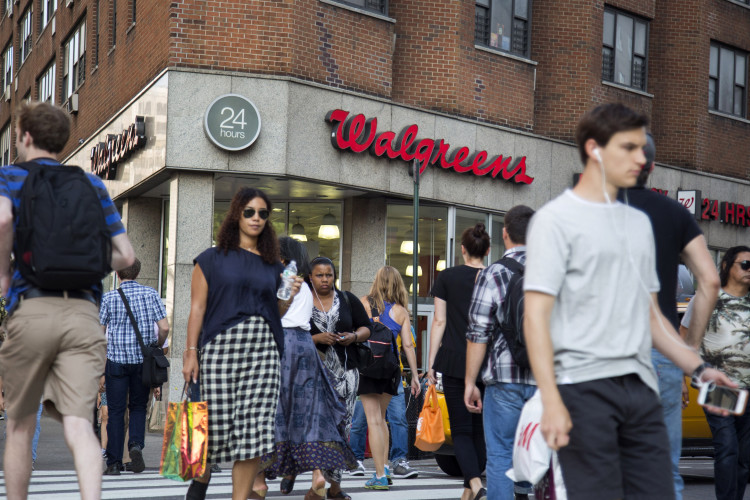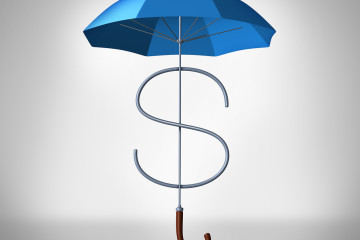Back-to-School Spending May Dip on Tighter Budgeting, NRF Says

©2015 Bloomberg News
NRHYK96JIJUW
(Bloomberg) — The National Retail Federation predicted a drop in the average family’s back-to-school spending, bringing a downbeat forecast to an industry hoping for a resurgence in the second half.
Families will spend about 5.8 percent less on back-to- school shopping this year than in 2014, according to a survey the NRF released on Wednesday. That diverges from other researchers’ projections for a boost in purchases. Families with children from kindergarten through the 12th grade will spend about $630.36 this year, compared with $669.28 last year, the Washington-based group said. Average back-to-school spending has grown 42 percent in the last 10 years, the NRF said.
The forecast is foreboding news for retailers, which see the back-to-school season as an indicator for the all-important holiday shopping rush. Retailers last year struggled through the slowest back-to-school sales growth since 2009, and this year has been off to a challenging start for the industry. Total U.S. retail spending suffered a surprise drop in June.
“Parents this summer will inventory their children’s school supplies and decide what is needed and what can be reused, which just makes good budgeting sense for families with growing children,” NRF Chief Executive Officer Matthew Shay said in the statement. “Heading into the second half of the year, we are optimistic that economic growth and consumer spending will improve after a shaky first half.”
Internet Plans
This year, customers are planning to use the Internet for more than discounts. Among parents expecting to shop online, more than 48 percent said they would use the pick-up-in-store option, according to the NRF’s survey, which was conducted by Prosper Insights & Analytics. About 92 percent of consumers shopping online will look for free shipping deals, while more than 17 percent will seek expedited delivery.
Those trends fit with retailers’ expectations, Demos Parneros, Staples Inc.’s president of North American stores and online operations, said in an interview before the survey was released.
“That’s the trend that we’re seeing year — this omnichannel trend where customers are using both the site and the store,” Parneros said. “If you live down the street here and you’re at work all day long, you may want to buy online, get it done, but ship to store. And then you can pop over to your local Staples, pick up your product on your way home because you know it’s safe with us.”
Contrasting Projections
The NRF’s forecast for reduced spending stands in contrast with that of the International Council of Shopping Centers, which expects 67 percent of parents to spend more on back-to- school shopping this year. That’s the largest gain since the group began tracking the figure in 2012, the trade group said on Tuesday. About 86 percent of parents surveyed by Rubicon Project plan to spend the same or more this year, the company projected last week.
A dip in spending would follow last year’s disappointing season. Back-to-school sales in 2014 rose 3.1 percent, trailing the expected 3.2 percent increase, according to research firm Customer Growth Partners LLC.
The Commerce Department reported on Tuesday that U.S. retail sales fell 0.3 percent last month, following a 1 percent advance in May. An early Memorial Day probably boosted sales in May, hurting results in June. The median forecast of 82 economists surveyed by Bloomberg called for a 0.3 percent gain.
–With assistance from Jennifer Kaplan in New York.
To contact the reporter on this story: Lindsey Rupp in New York at lrupp2@bloomberg.net To contact the editors responsible for this story: Nick Turner at nturner7@bloomberg.net Kevin Orland







No Comment